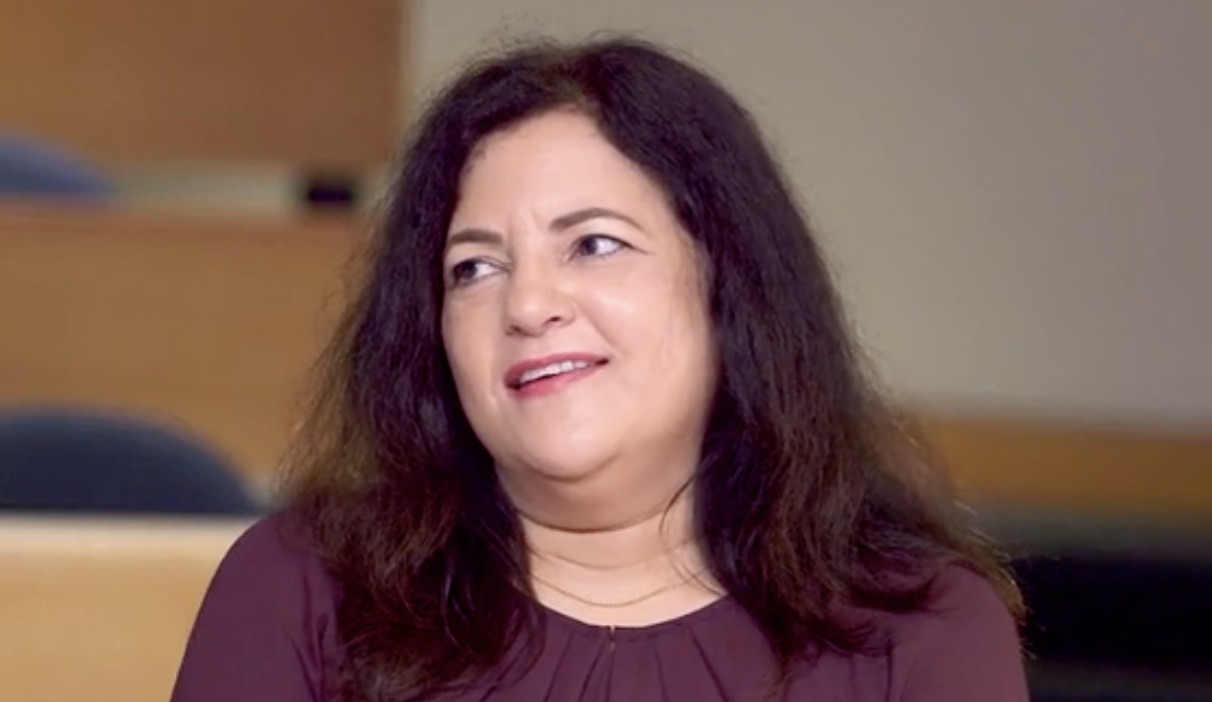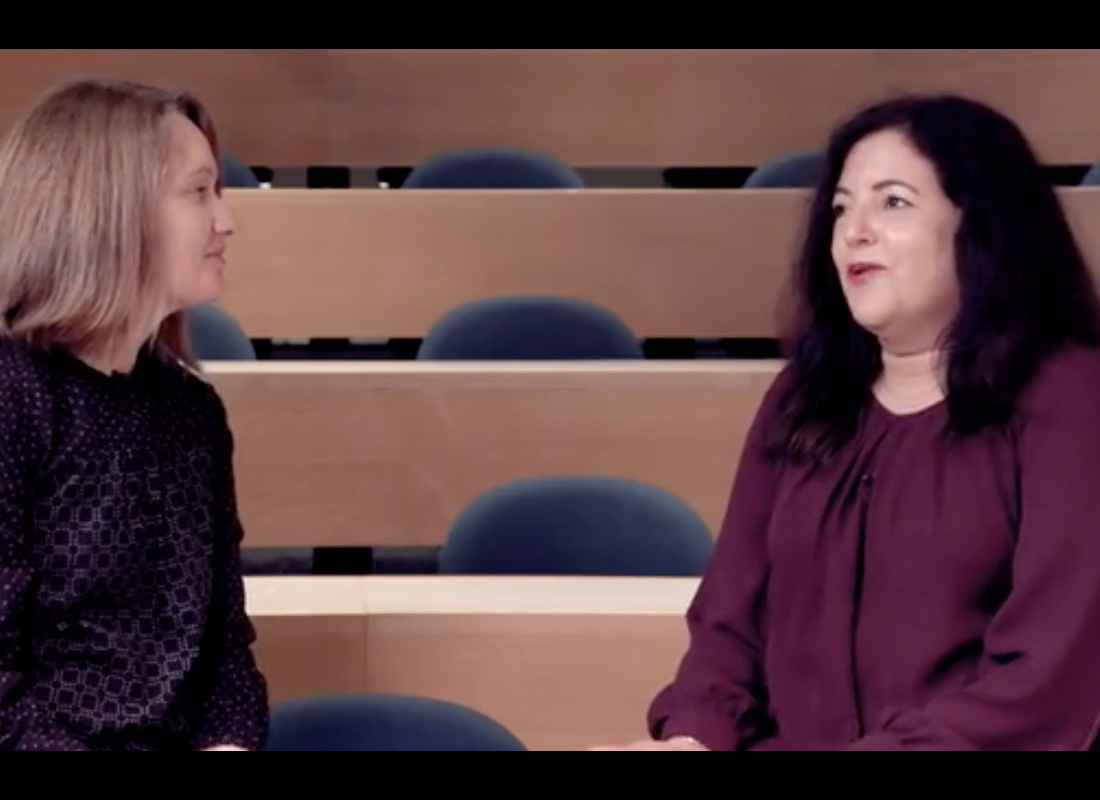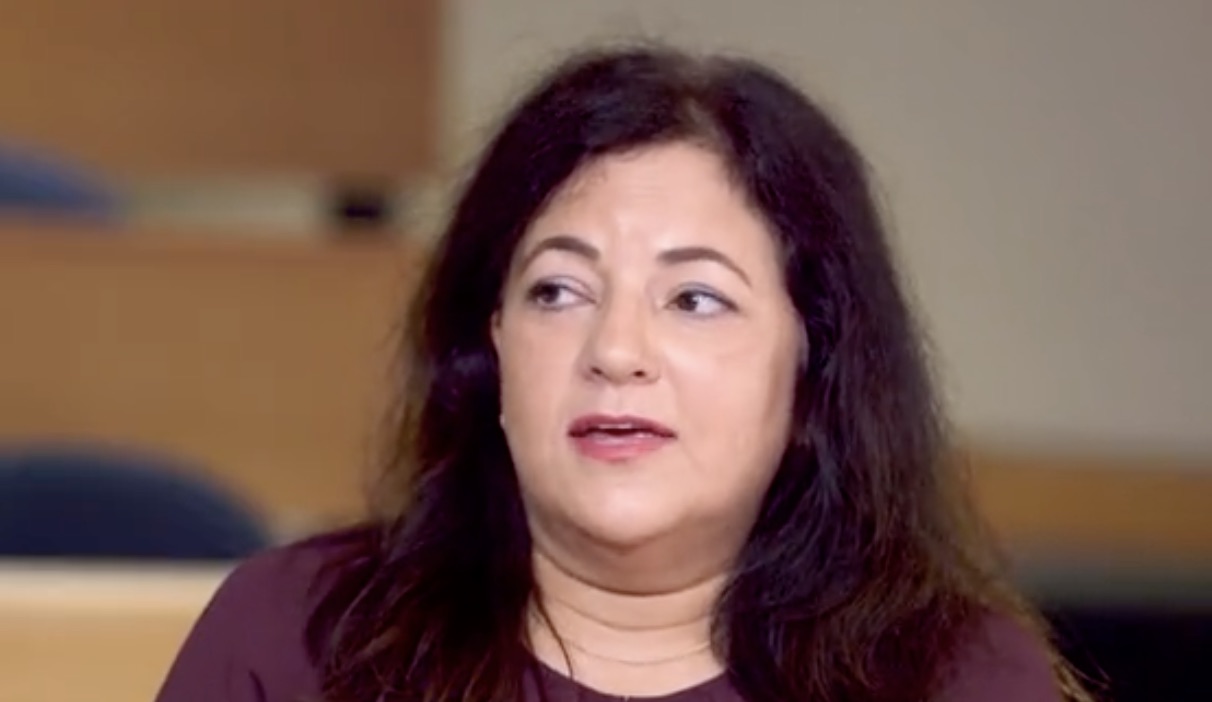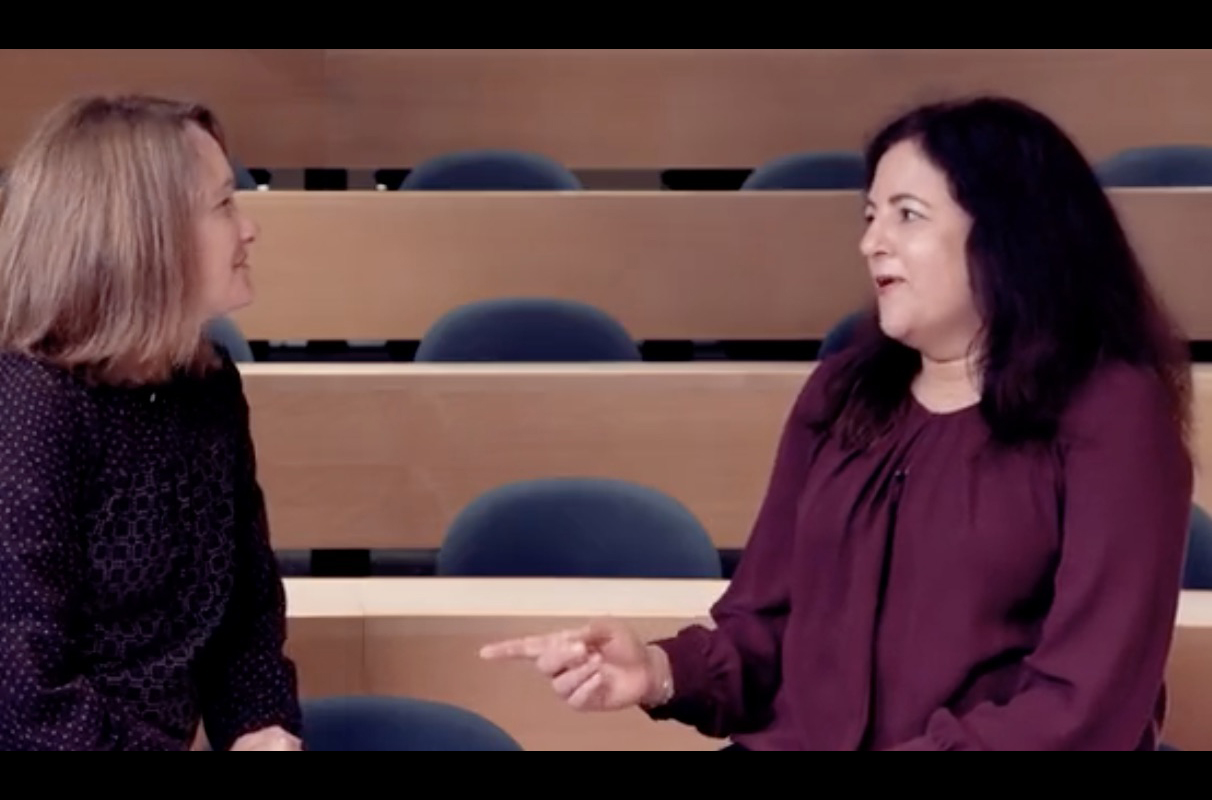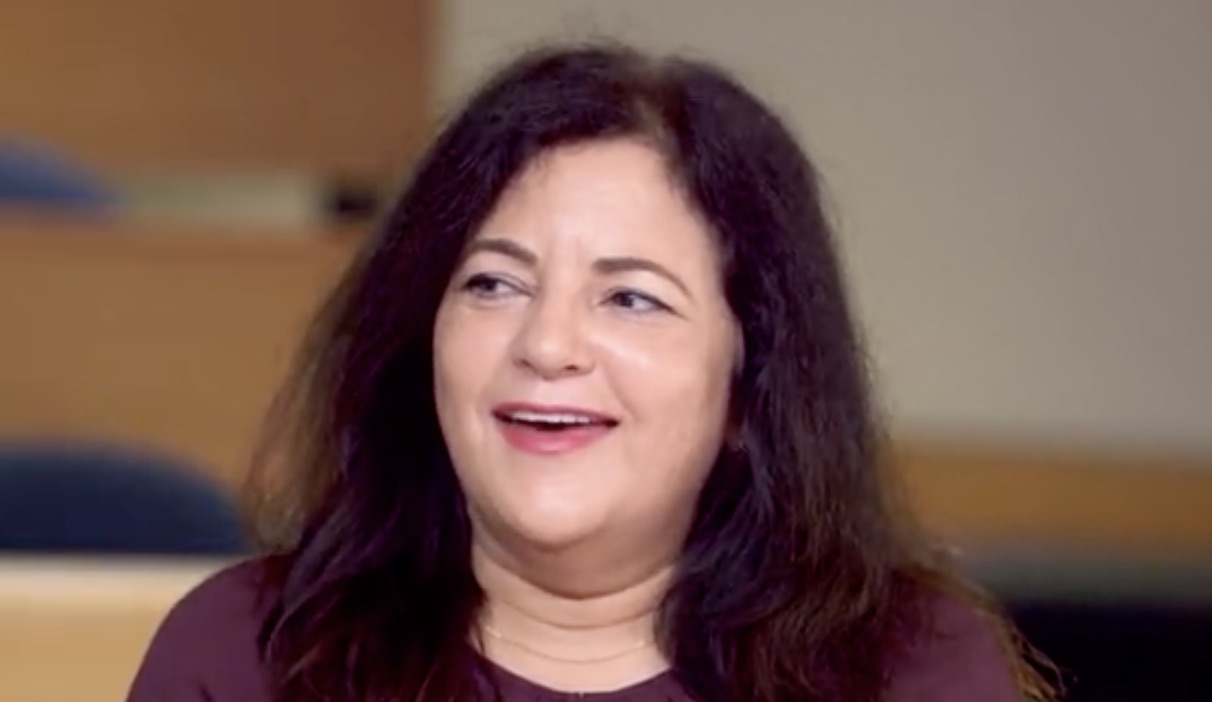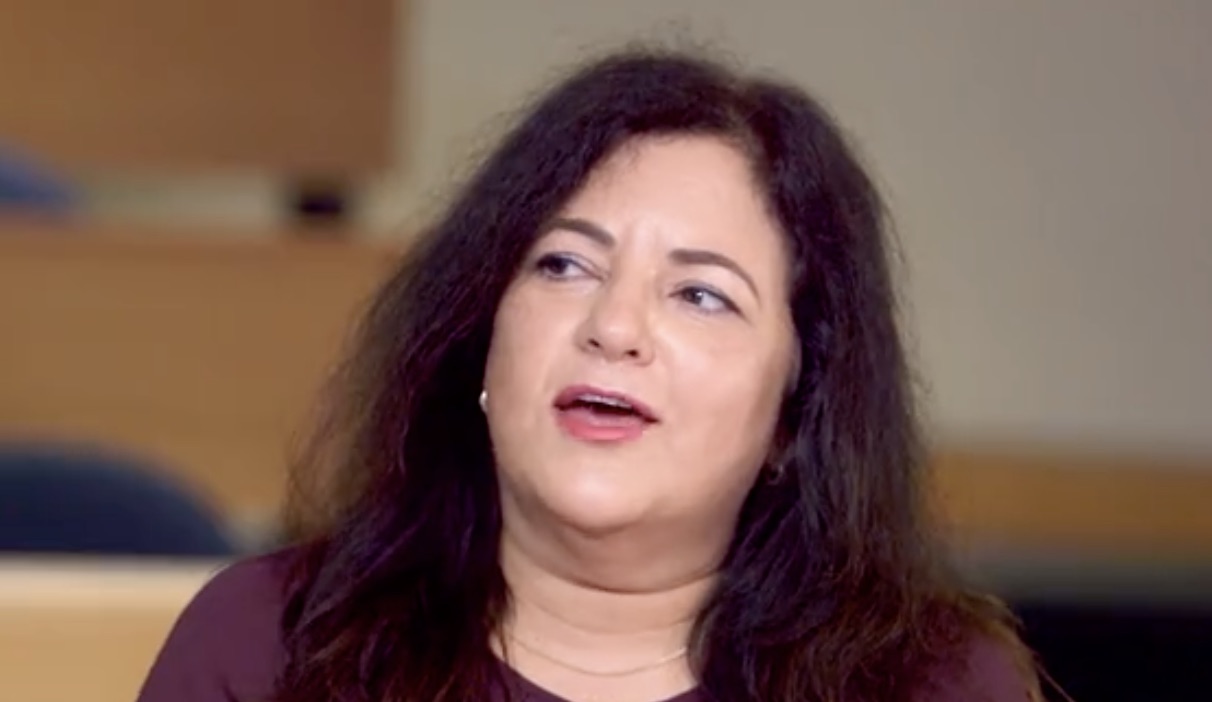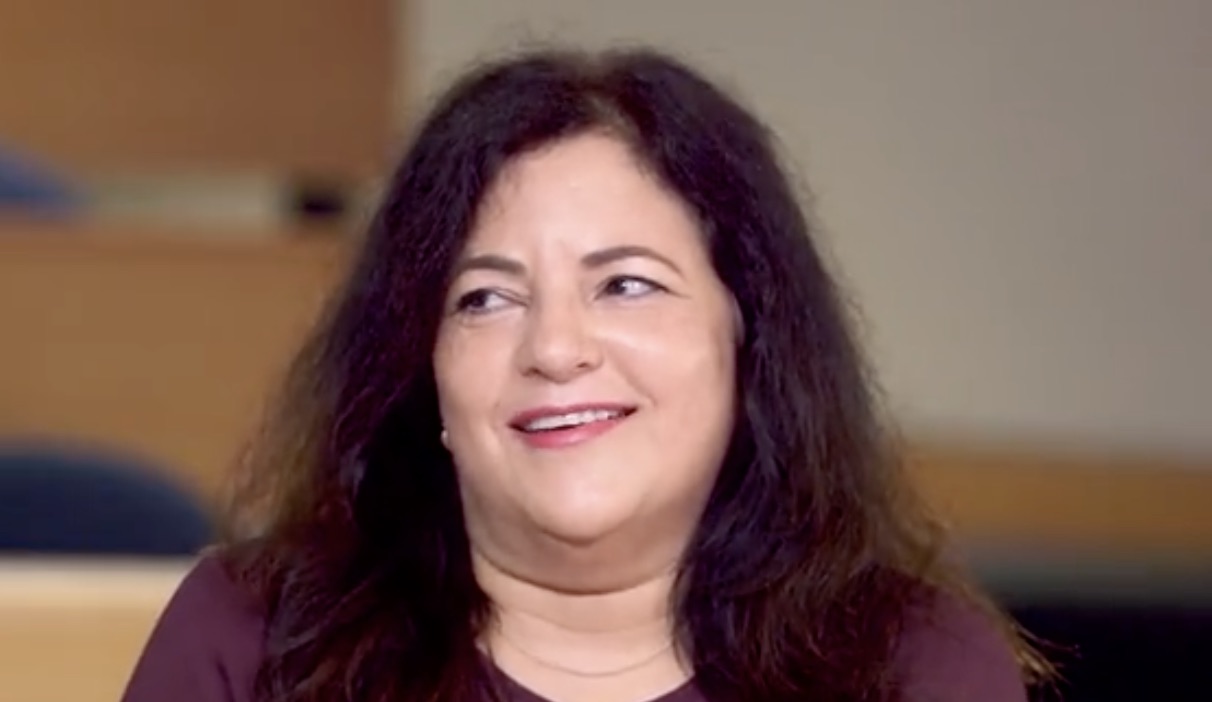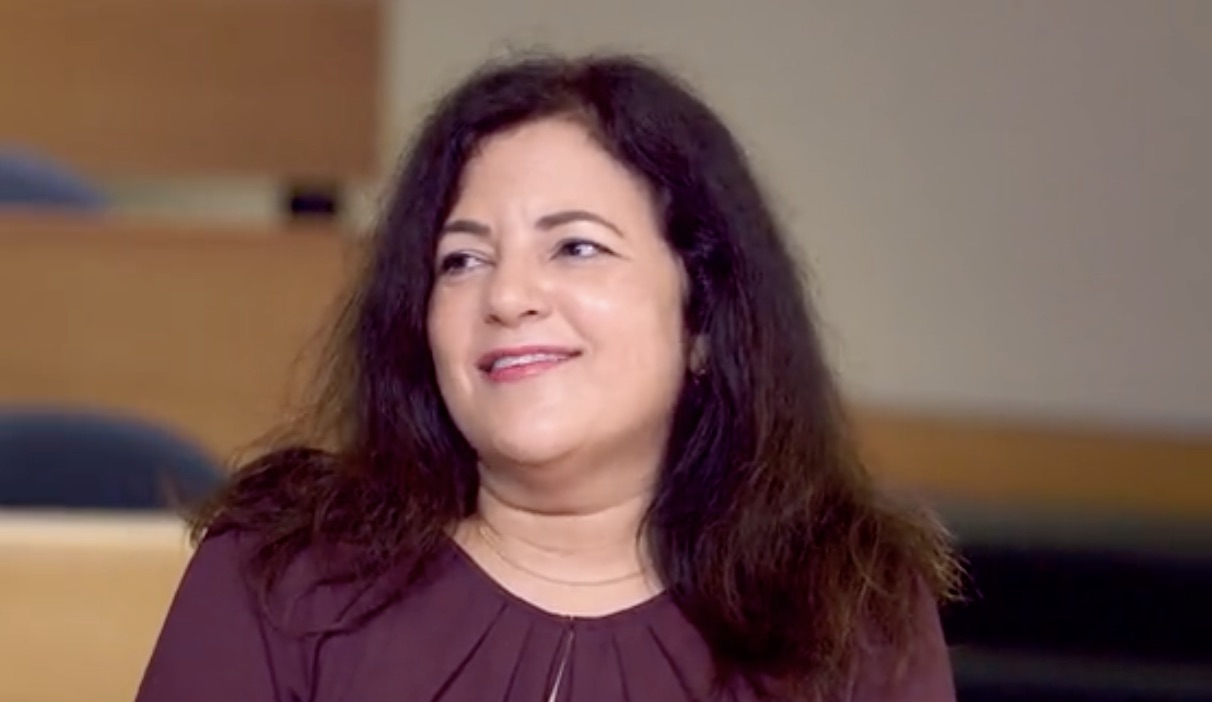Flash and JavaScript are required for this feature.
Download the video from Internet Archive.
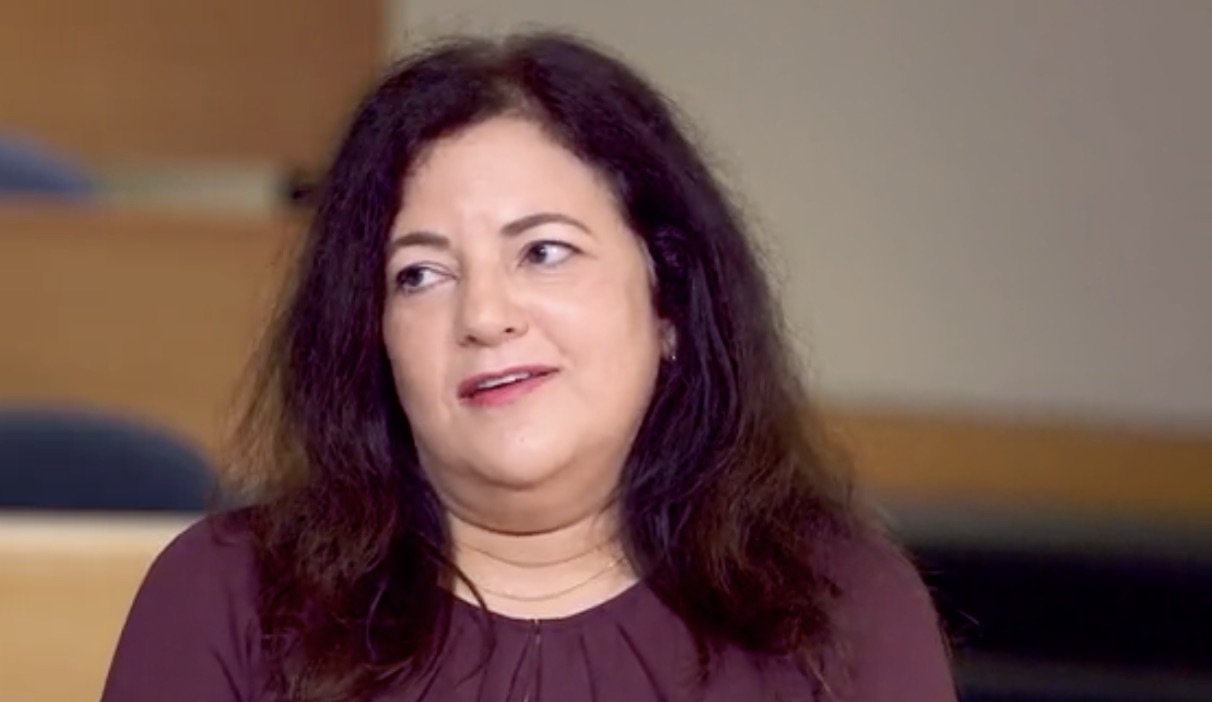
Project Examples
SARAH HANSEN: Could you talk a little bit about some of the specific projects that students did?
ANJALI SASTRY: The project students did ranged greatly but all had as a theme using what they were learning here and tapping into emerging or existing technology in new ways to find solutions to problems that face many. That's the social impact aspect of it. And it took with each student some effort to really map out a good enough and focused enough question that was doable as an independent study project and that was deep enough to allow me to really bring to bear the educational goals that I had for the projects.
So one student, Doreen, was really interested in the problem of creating agricultural products in Africa using crops and products that are grown right there in Africa. Why is Africa importing a lot of consumer products when the continent has a lot of agricultural assets? So she was really interested in understanding-- what are the business models, what are the constraints, what are the opportunities when it comes to finding new ways to create locally sourced products that could actually serve beauty, nutrition, or other needs in her native Zimbabwe or elsewhere in Africa.
I'll tell you about another project. Idoia, a student who came to me after deep experience at the World Bank, was really interested in a challenge that traditional governmental organizations really wrestle with. How do we tap into entrepreneurship when we're trying to serve the public good? There seems to be a challenge in linking the entrepreneur and the public sector.
And we know that there are all kinds of innovations that play in this sphere. From ridesharing and regulated industries, all the way through to providing in a better way the services that governments are already on the hook for. So they're either regulated or they are substitutes for improvements of services that governments provide. And sometimes they're also missing services. What are the barriers to this? Where are the opportunities? What are the trends? And can we actually map out where we think this field could go, of mixing entrepreneurship and the public sector?
One of my students, Aline, came to MIT completely on fire with this idea of tapping into analytics and AI to solve what she saw as a major challenge when it came to bringing finance to small holder and small scale farmers. She's an expert on agricultural finance. And she realized that, in her native Brazil and elsewhere, people who didn't have good credit standing and good credit records-- farmers who didn't have those assets-- couldn't get loans and were forever locked out.
So there's a big dichotomy between the people who have access to finance and those who don't. Could she break down that barrier in some way? Could new forms of data and technology help do that? So instead of relying only on somebody's credit record, could you look at the weather, their farming choices, their behaviors, and physical data, and use it to come up with a better assessment of the riskiness of a given farmer from the lender's point of view? Slightly technical area. But it actually has huge implications because it could open the door to all kinds of folks who are excluded from traditional finance by providing other methods of sorting out their riskiness and their credit worthiness.



